Blog
Production tips to improve your House music tracks
1 Jun '2022
Find out the do’s and don’ts of making floor-filling house music with our production tips guide to improve your House music.
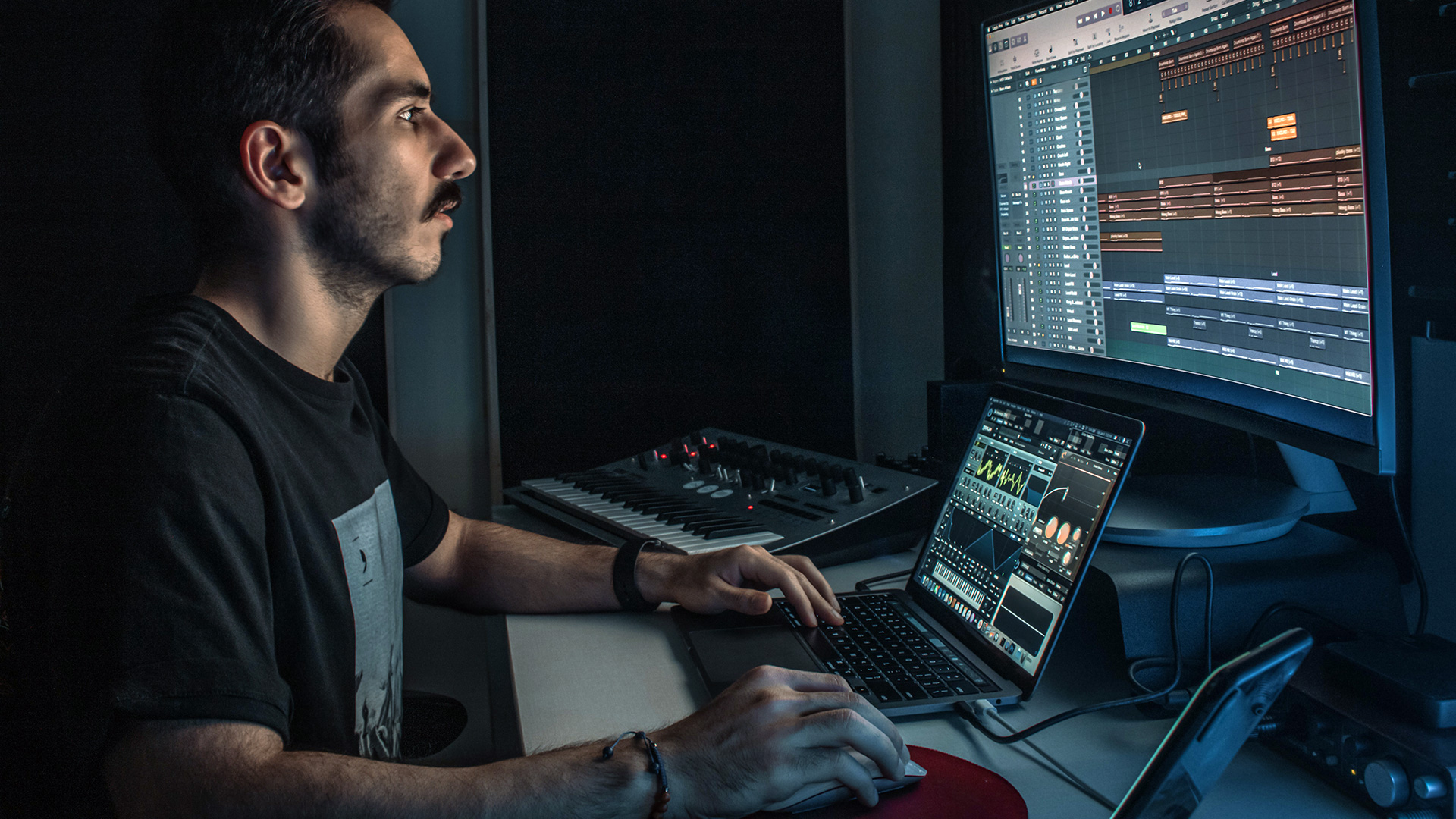
House music is a broad genre with a history reaching back decades. As with any genre with such rich international roots there are countless offshoots, sub genres and regional styles. However, at its core, house music has conventions and rules that are almost always followed, and there are tips and tricks that can be applied to improve any style of house music.
This article will take you through how to construct your house tracks. We’ll explain writing intros, programming beats, building energy and designing drops.
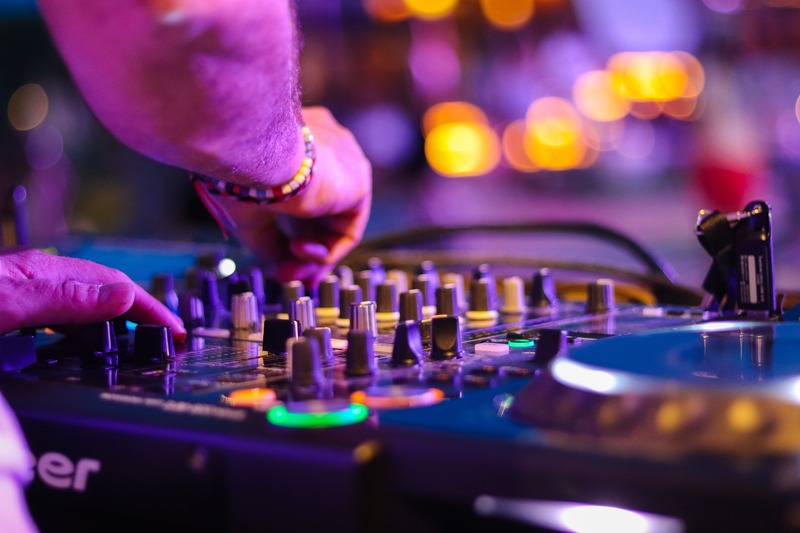
Creating an inspiring intro
House music can be quite uniform in its structure, and for good reason. Most house tracks will start with eight or sixteen bars of just the drum beat with maybe a very basic melodic or textural idea.
It may seem hard to make such a classic introduction that has been done so many times before inspiring, but it’s very much achievable – here’s a few ways to add interest to your house track intro.
Use kick layers
You will often hear the advice that you should layer your kicks in order to merge attributes from different samples. In fact, you’ll find that exact advice in our guide to kick drums on our blog. For example, you may use one kick sample for its clicky attack, and another for its bassy body. This is fantastic for fine-tuning a kick for your track, but it also allows you to add some interest to your beat.
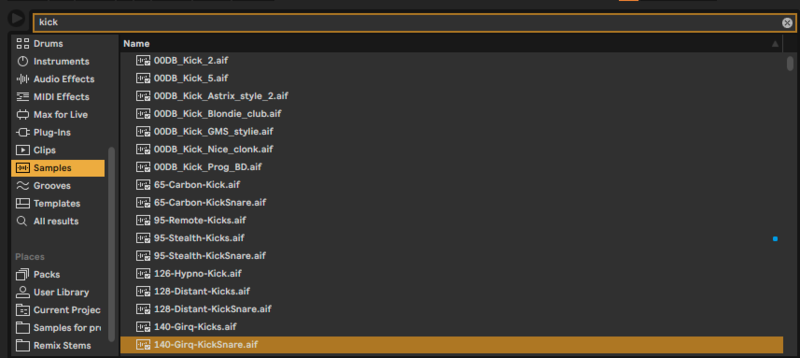
If you begin your drum beat with just the attack-focused, less bassy kick in your pattern, you can then bring in your bassy kick drum after eight or sixteen bars to increase the energy of your tune without doing very much at all!
Ambient sound adds interest
House intros often tend to be sparse to make mixing easier for DJs, but that sparseness means that little details like added ambient noise can do a lot for the tone of a tune.
The ambient noise could be something as simple as vinyl crackle, or filtered white noise. On the other hand you could get creative with some field recordings – perhaps the noise of a party (as heard in the intro of Avalanches ‘Since I Left You’), bird song, or city noises.
Building a chunky house beat
Drums are at the forefront of house music. Rhythm is everything with this genre and that means your drums need to groove well and hit hard. Here’s a step-by-step guide to building a chunky house beat.
Step 1: Select your samples
If you don’t start with hard-hitting, high-quality samples you’ll never be able to build a house beat that will match up when mixed in with tracks from you favourite producers.
If your samples aren’t cutting it, or if you’re looking to get inspired by some fresh sounds, then Loopcloud is the best place for you to dig.
You can filter by genre so you can find specialised house kicks, snares, hats and percs. For maximum rhythmic control, try Loopcloud DRUM, our 16-pad drum sampler and sequencer plugin that allows you to easily load up premium kits and customise them to your taste.
Step 2: Start with the basics
House music follows a few rules when it comes to drums. The most important of these is kick placement – the four four kick is an essential part of the genre.
Four four (or four to the floor) kick placement simply means a kick drum on every downbeat.

In house you will also always find a snare drum on the second and fourth beat of every bar. Like with the kick’s placement, this is a pretty concrete rule within the genre.

Step 3: Add hi-hats
Finally we’ll add some hi hats. The rules aren’t so set in stone when it comes to hi hat placement – you can really get creative and do what you want – however, there are a few classic hi hat patterns that you’ll find used a lot. One favourite of current day producers is to place an open hi hat on every upbeat (i.e. between each kick). This gives an uplifting energy on the offbeat which really helps the danceability of your drums.
Step 4: Add some ghost notes
With your kick, snare and hats programmed you have yourself a pretty solid house beat, however it’s a bit generic and uninteresting as it stands. To add a unique element, and help with the groove of your rhythm, it’s a good idea to add some ghost notes.
Ghost notes are quieter notes that often occur on 16th notes that add extra groove to a beat. You normally want ghost notes to be short, so percs and rim shots work well. In the below image you can see how we’ve added a few.

These ghost notes serve to create rhythms within your main rhythm (rhythm-section!) which is what can really make your beat stand out.
Transitioning towards the drop
Building up to a drop can seem like an impossible skill to many up-and-coming artists. You need to constantly add energy and let the audience know the drop is coming whilst avoiding giving too much away and lessening the impact of the drop when it eventually comes. Here are some ideas to help you transition into your drops.
Hi-pass filter it
When your bass drops you want it to hit hard, and a sure-fire way to make that bass affect people is to remove all the bass in the track before it drops.
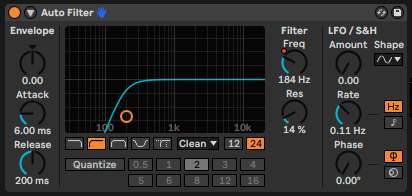
Not only is this a very effective method of building energy, it’s also very easy. All you have to do is load a high pass filter on your master channel and gradually automate the cutoff frequency to move upwards as the drop approaches.
Add air with reverb
You can create more energy without adding more bass by adding a little bit of reverb. If you gradually send more of each element in your track to a reverb send as you build towards the drop then you will create a euphoric, spacious sound.
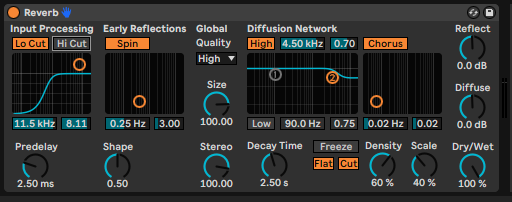
You want to make sure that your reverb is high passed, as you don’t want to muddy up your build with too much mid range stuff going on. When used in combination with an automated high pass filter this is particularly effective.
Crafting a weighty drop section
Finally, we come to the drop. It’s one of the most important elements of any house track, but it’s also one of the hardest to get right, especially if you’re new to music production.
Keep it minimal
There’s always a temptation to layer up as many elements as possible for the drop in order to have as much impact as possible. However, especially in house music, drops often hit hardest when they’ve very minimal, often just stripped back to drums and bass. A good example of this is Ship Wrex's Mirror Mirror:
There's something in the simplicity that means it hits harder, especially if your build-up was quite busy and had a lot of mid-range energy.
Filtered white noise
Ever built a drop with a heavy bassline and high octane drums but yet on the moment of impact, it just doesn’t hit how you want it to? This could be because your drop is too bass-focused.
For your drop to hit as hard as possible you want to cover as much of the frequency spectrum as possible at the moment of the drop – this is where white noise comes in.
White noise is an audio signal that covers every point on the frequency spectrum. By adding it to your drop you automatically are covering the entire spectrum at the moment of impact.
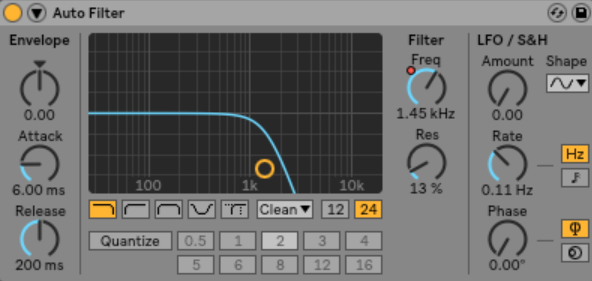
To make the white noise feel alive it’s a good idea to automate a low pass filter to roll off the noise as the drop progresses. Sidechaining the white noise to the kick to make it pulse rhythmically also helps.
Don’t drop straightaway
Anticipation is a powerful tool, and it can be especially powerful in house music. It is in the nature of the genre to be predictable in structure, and so when you delay the introduction of an element or section that the listener is anticipating it can really grab their attention.
Nowhere is this more true than with a drop. If, after a lengthy build-up, you delay the onset of your drop by a beat, a bar, or even longer, when it finally comes the satisfaction will be all the sweeter for your audience.
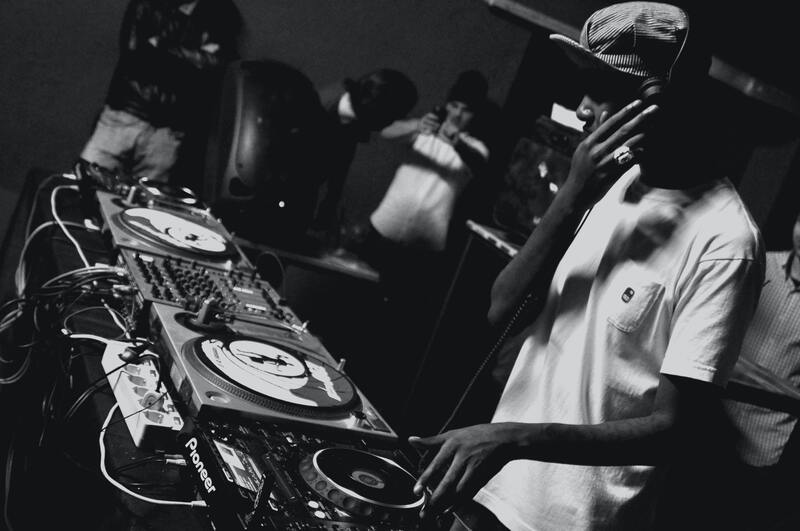
Descending from disco music and rising to prominence in American cities like Chicago and New York during the late ‘70s and early ‘80s, house music is the oldest genre within electronic dance music and is still incredibly popular today. By implementing the techniques we’ve shown you today, using sounds from Loopcloud's vast collection of house music ingredients, you’ll be well on your way to constructing great house music with four-to-the-floor beats, dramatic builds and infectious drops.

